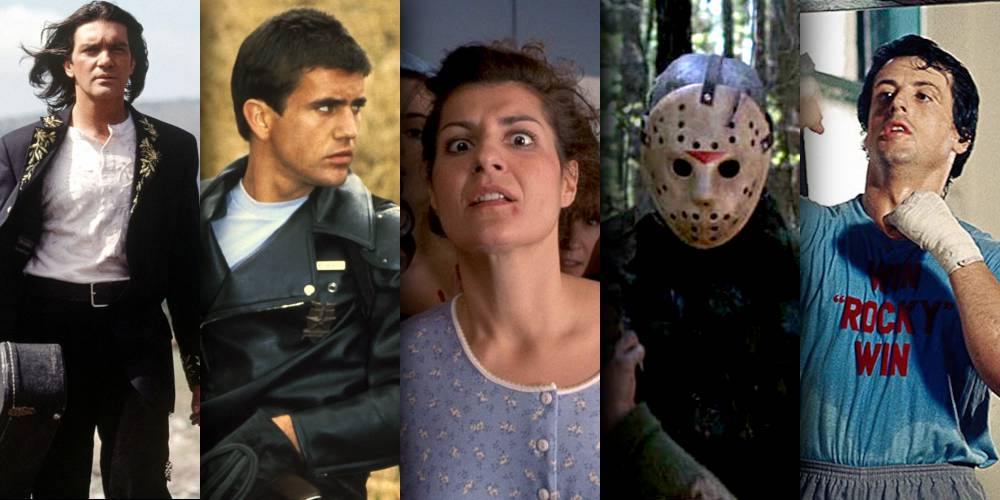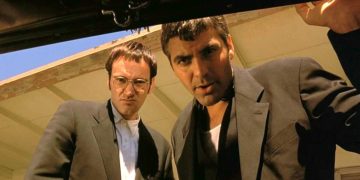Avatar (2009) is well-known as the highest-grossing movie of all time, having earned almost $3 billion at the box office. But gross revenue and profitability are two different things.
To get profit, you also have to consider the production budget and how much it cost to create the film in the first place. For Avatar, James Cameron spent $237 million. That still leaves a lot of profit on the table, of course, but it puts things more into perspective.
For us, when we think of profitability, we're mainly thinking about return on investment (ROI)—for every dollar spent on production, how many dollars in profit did the movie bring in?
From this perspective, most of the movies that broke ROI records were small, independent films that managed to capture huge audiences. They might've had infinitesimally small budgets, but they made it work and they were handsomely rewarded for it.
In this list, we look at some of the most profitable movies that didn't cost much to make yet raked in huge profits at the box office.
10. Eraserhead (1977)
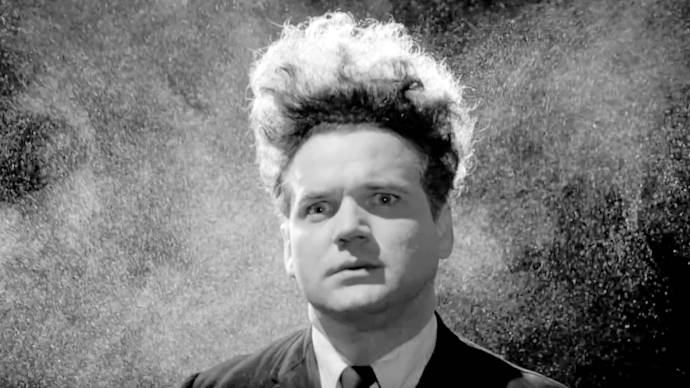
Production budget: $100,000
Box office revenue: $7 million
Return on investment: 6,900%
David Lynch only had a 22-page script for Eraserhead (1977), so he struggled to find financial backing. After eventually securing funds from the American Film Institute, Lynch shot the film in piece-meal fashion over five years before running out of the $100,000 budget.
Despite this, the film did relatively well, earning a little over $7 million at the box office. However, Eraserhead garnered something more valuable than money: cultural capital for Lynch.
Famed filmmakers Stanley Kubrick and John Waters listed Eraserhead among their favorite films, and director Mel Brooks even asked Lynch to direct The Elephant Man (1980) based on the artistic style of it.
9. My Big Fat Greek Wedding (2002)
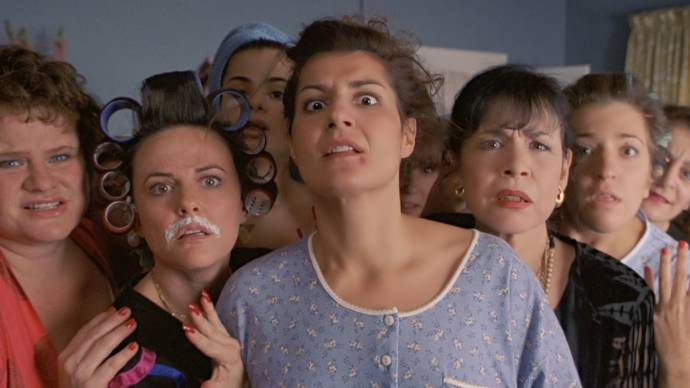
Production budget: $5 million
Box office revenue: $368.7 million
Return on investment: 7,274%
Nia Vardalos both wrote and starred in this box office success, which was such a success that it went on to become one of the most celebrated romance movies of the 21st century.
To this day, My Big Fat Greek Wedding is often referenced as a classic example of a cinema sleeper hit. Starting with a budget of $5 million, it raked in just shy of $369 million.
The $5 million budget was considered small among mainstream Hollywood productions, and the massive return on investment made it easy to greenlight a handful of sequels and spin-offs.
8. Friday the 13th (1980)
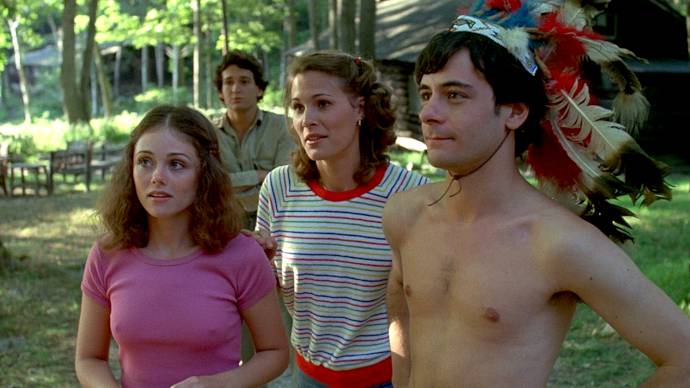
Production budget: $500,000
Box office revenue: $59.8 million
Return on investment: 11,860%
Following the success of Halloween (1978), Friday the 13th (1980) was pretty much a direct rip-off of the slasher flick's formula.
Inspired by the Finnish murders at Lake Bodom, the story follows a group of campers who are slowly picked off by a machete-wielding killer.
With a mere $500,000 to fund the project, Friday the 13th worked its magic to become a huge success, bringing in just under $60 million in box office revenue—nearly 120x the production budget.
Friday the 13th was also responsible for catapulting Kevin Bacon into Hollywood's stratosphere, so that's a double whammy of sorts.
7. Easy Rider (1969)
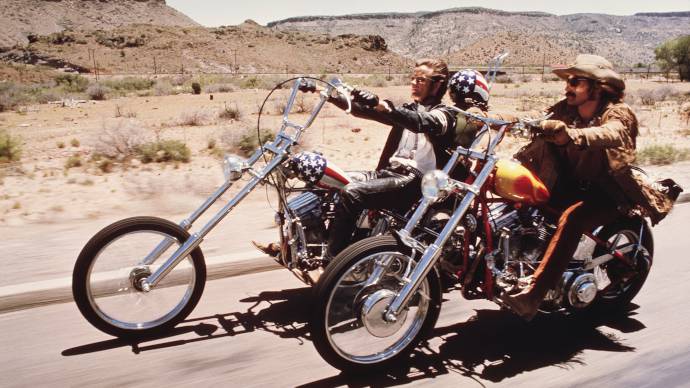
Production budget: $400,000
Box office revenue: $60 million
Return on investment: 14,900%
Dennis Hopper's Easy Rider (1969) ushered in the New Hollywood era of filmmaking. Without a complete script, an established crew, or a single sober person among the entire cast, Peter Fonda and Dennis Hopper still made one of the most successful films of all time.
Working with a budget of roughly $400,000, Hopper and Fonda had to cut various corners to make things work. For example, the film was mostly shot using natural lighting (and Dennis Hopper would later remark that "God is a great gaffer").
Their methods paid off. Easy Rider garnered both critical acclaim and commercial attention, earning an impressive $60 million at the box office—almost exactly 150x the initial investment.
6. Super Size Me (2004)
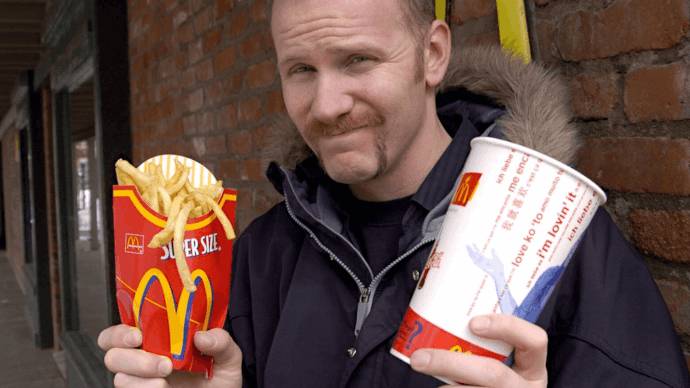
Production budget: $65,000
Box office revenue: $11.5 million
Return on investment: 17,592%
Documentaries are a great example of important films that can be made relatively cheaply. Without the need for intense special effects or staggering payrolls for star-studded casts, they can do much with little.
With Super Size Me (2004), filmmaker Morgan Spurlock had a singular mission in mind: to warn the American people that their dietary habits were slowly killing them, and that their deteriorating health was being exploited by major corporations for record profits.
With only $65,000 to work with, Spurlock's film went on to gross over $6 million during its initial run and just over $11.5 million when all was said and done. Not a bad return on investment for all the stress Spurlock ended up putting his body through for Super Size Me.
5. Halloween (1978)
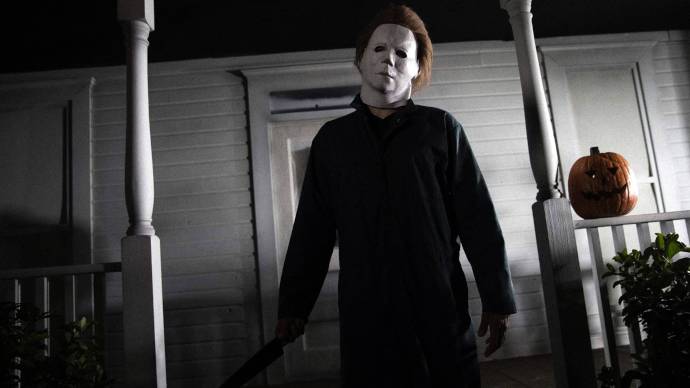
Production budget: $325,000
Box office revenue: $70 million
Return on investment: 21,438%
John Carpenter filled many roles during the creation of Halloween (1978). After convincing a producer to finance his homage to Alfred Hitchcock's Psycho (1960), he was given a measly budget of $325,000.
Carpenter wrote the film, directed the film, and composed the film's iconic score in just four days. On top of that, the budget was so small that he couldn't afford adequate lighting, forcing the crew to shoot several scenes with a great deal of improvisation.
Jamie Lee Curtis, the star of the film and a rising Hollywood sweetheart, was only paid $8,000 for her performance due to budget restrictions.
Despite all these hindrances, Halloween tapped into the American consciousness and dominated at the box office, earning a reported $70 million worldwide—an immense return of 215x budget.
The profit was so great that it inspired other cheap copycat slasher flicks, including Friday the 13th (1980) and The Evil Dead (1981).
4. Rocky (1976)
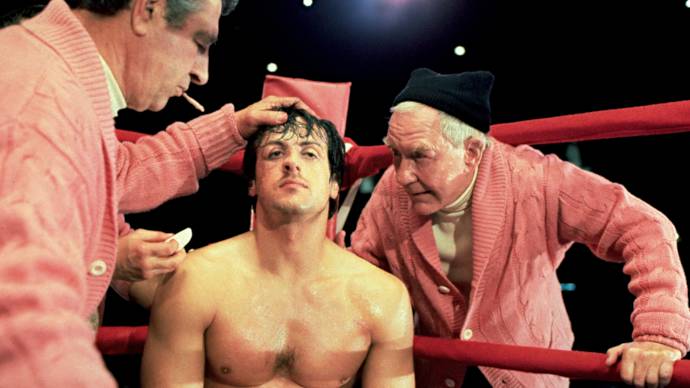
Production budget: $960,000
Box office revenue: $225 million
Return on investment: 23,337%
Rocky (1976) might be the greatest underdog movie of all time, and maybe that's because the production of Rocky was itself an underdog struggle against all odds.
Sylvester Stallone, who had been living rough for a few years prior, refused to sell the rights to his script unless the buyer agreed to his one stipulation—that he would be the star of the movie.
Despite finding a studio to back him, Rocky underwent production with a sliced budget that fell just short of $1 million. Yet, even so, Sylvester Stallone turned pulled it off and created one of the most inspiring films of all time, which went on to make $225 million at the box office.
As a cherry on top of that success, Rocky also won the Academy Award for Best Picture, cementing its status as a real-life underdog story.
3. El Mariachi (1992)
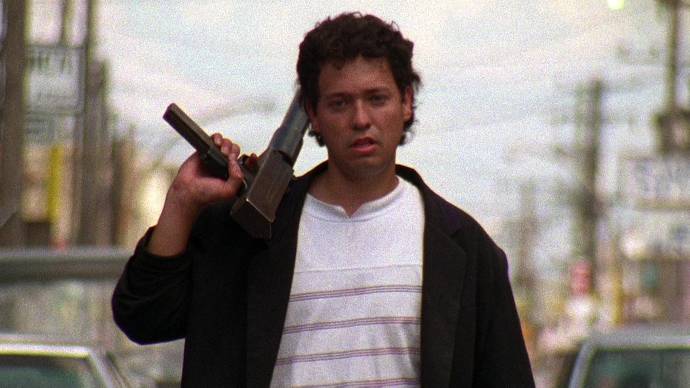
Production budget: $7,000
Box office revenue: $2 million
Return on investment: 28,471%
The budget for El Mariachi (1992) was insanely small at just $7,000—and half of it was raised by director Robert Rodriguez's own participation in a cholesterol-reducing drug experiment. (He wrote the film's script during the month he spent at the laboratory.)
Robert Rodriguez wasn't just the director and writer. He was also the cameraman, the producer, and the special effects coordinator. He later went on to remark that the only thing he didn't do was act.
Despite his extreme style of guerrilla filmmaking, El Mariachi went on to gross a surprising $2 million. What a success!
2. Mad Max (1979)
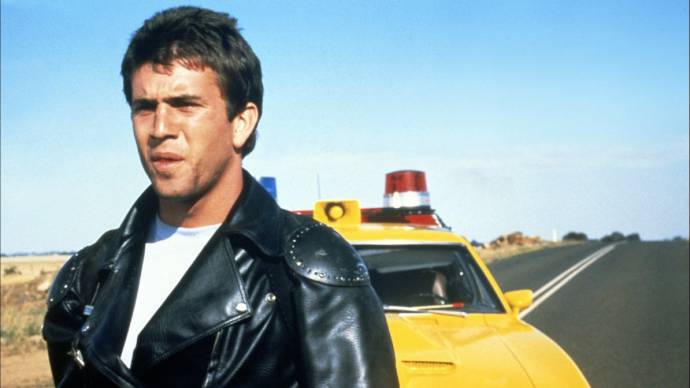
Production budget: $260,000
Box office revenue: $100 million
Return on investment: 38,361%
The self-proclaimed "mastermind" George Miller might be justified in his self-given moniker given the results of Mad Max (1979).
This legendary film, which has been partly credited with blowing up interest in the Australian New Wave, was filmed on a shoestring budget of just $400,000 AUD (or $260,000 USD). The film went on to explode at the international box office, making over $100 million.
That's more than 384x its production cost, representing one of the largest profit margins in the history of cinema. Mad Max even held a spot in the Guinness Book of World Records as most profitable film of all time, until 1999 when it was topped by...
1. The Blair Witch Project (1999)
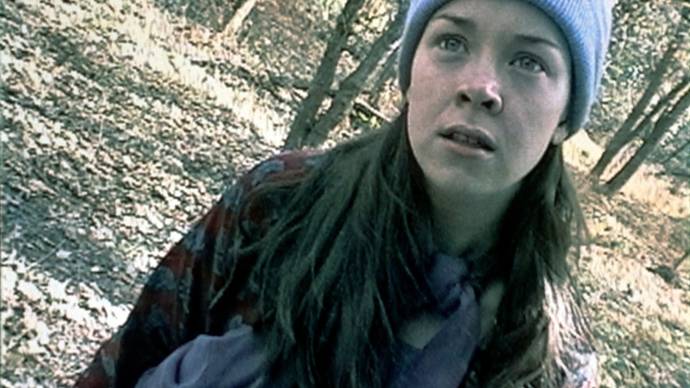
Production budget: $350,000
Box office revenue: $248.6 million
Return on investment: 70,928%
Following in the footsteps of cheap horror movies like Halloween (1978) and Friday the 13th (1980), The Blair Witch Project (1999) revolutionized the horror genre with a new component: found footage.
While some claim that it borrows too much from the iconic Italian horror film Cannibal Holocaust (1980), no film—before or since—has done marketing better than The Blair Witch Project did.
Much like how John Carpenter's Halloween tapped into the American fear of 1970s suburban crime, this film's themes of Satanism and the occult dug into America's 1990s paranoia.
Often erroneously believed to have a budget of only $60,000, The Blair Witch Project actually spent more than that in post-production, bringing up the total production cost to somewhere around $350,000.
But does the difference really matter? Nope! Because either way, The Blair Witch Project generated such monumental buzz that it went on to earn just shy of $250 million at the box office.
That's more than 700x the initial investment—or 4,100x if you want to go by the $60,000 budget figure—which makes it the most profitable movie in cinema history by a longshot. For as long as we live, we might never see another film break this record.
